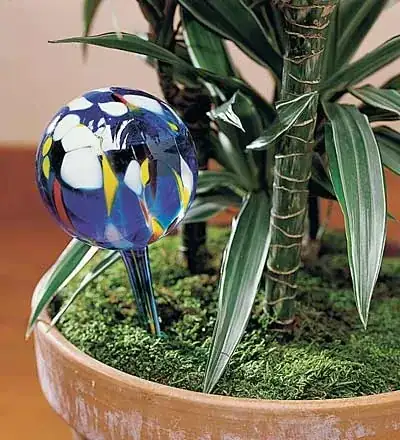I travel too much, and, honestly I don't really have a green thumb plants. Still, I like them and would be happy to keep some resilient plants if could get geeky about it :)
I was trying to figure how to automatically irrigate plants with simple mechanism and interesting designs (after all, plants in my case, are for decoration only).
I wanted some that was:
- Simple and low maintenance
- Interesting design (I probably mean geeky here)
- Somewhat configurable. Specifically in terms of how much water it drips for the different plants
I have experimented with IV tubes I bought in a pharmacy but that small flow control is not precise enough to set the drip rate so low.
I have seen a few commercial products around, but they all seem to assume the person buying will be on top of the maintenance or they have some sort of lame camouflage to hide it within the plants. Well, I guess both points are fair enough, but neither is my case :)
Have any of you guys figured something alike?
[EDIT] I guess I should mention this is for small plants kept inside the house - nothing fancy, really.
